👋 I’m Matte, a software engineer developing AI & ML apps and computer systems. I love building for the web.
👀 I am looking for my next professional adventure!
I was recently at Naya, where I built genAI infrastructure and a context-aware one-click presentation generation feature.
I’ve worked in diverse roles across tech, design and education.
I studied computer science & design at Harvard, MIT, and RISD.
Featured Work
Unless stated, projects are designed and built on my own.
Applications
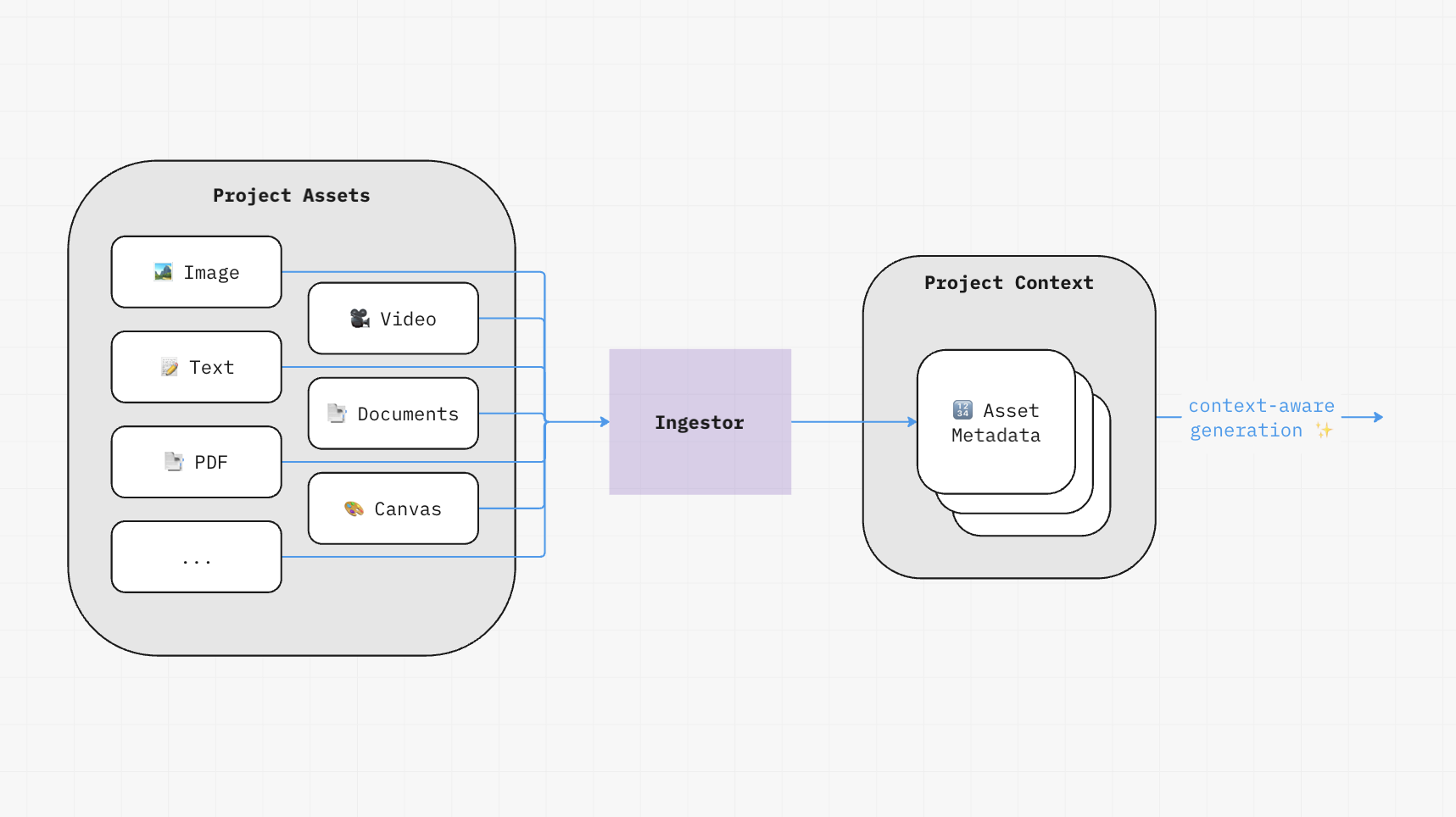
 Naya
Naya 2024 A system that ingests multiple file types to construct project-specific contextual metadata for downstream genAI and RAG tasks.
- ingests wide range of file and link types into common metadata format
- auto-ingestion of project asset updates
- high throughput via serverless architecture
- fast metadata production by parallelizing API calls
TypeScript
Node.js (Express)
MongoDB
YJS
Python
LangChain
OpenAI
Anthropic
GCS
GCP
Lead, Software engineer
- Vivek H V (CTO)
- Surya Mohan (DevOps)
- Pavankumar Kushnure (Software engineer)

 Naya
Naya 2024 A one-click genAI & RAG feature that crafts a presentation using project contextual metadata.
- understands project context and available assets
- produces a pitch-ready Google Slide or .PPTX
- provides options for specified or freeform structure
TypeScript
React
Redux
Node.js (Express)
MongoDB
GCP
OpenAI
Google APIs
GCS
Lead, Software engineer
Krishna Zolpatil (Designer)
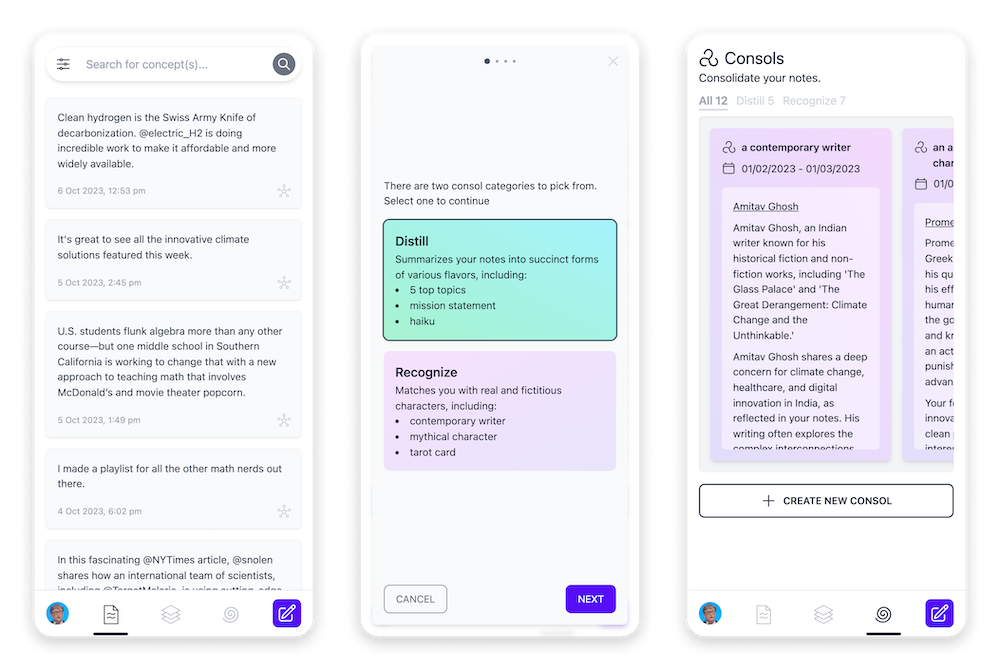
2023-present A vectorDB, RAG and genAI-powered note-taking progressive web app (PWA) for writers to understand themselves. In closed beta.
- auto-identifies connections across notes
- generates tailored consolidation and recommendation using RAG1
- I use it as my daily driver
React (Next.js)
Node.js (Express)
Weaviate
SQLite (Drizzle)
OpenAI
NextAuth
Docker

2023 A genAI p5.js editor/REPL for coding beginners learning to program visually.
- immediately visualizes generated output
React (Next.js)
p5.js
OpenAI
Vercel
Docker
Research
2024 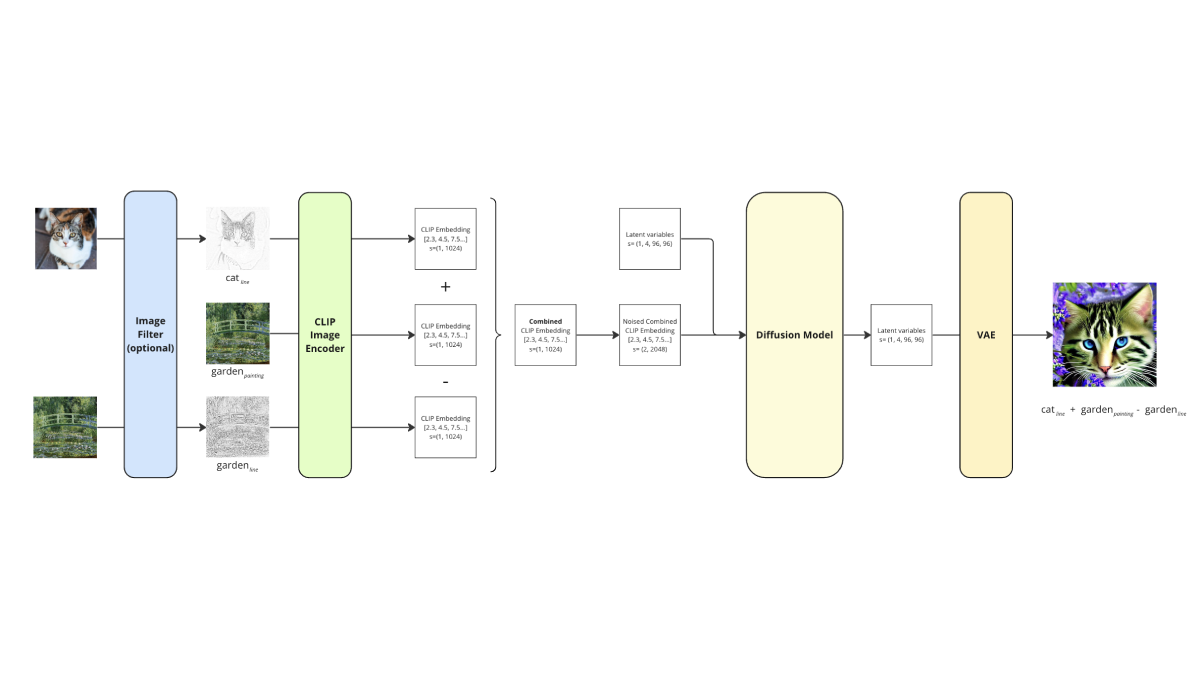
2024 MIT 6.8300 (CV) research exploring diffusion model latent space navigation using images as input.
Details
- inverted images into CLIP embeddings for arithmetic computation to generate final image
- found formulaic expressions that extract semantics and style
- potential for non-technical users to probe the model (e.g. for bias) – see PixMath
Python
PyTorch
NumPy
OpenCV
HuggingFace
Diffusers
2023 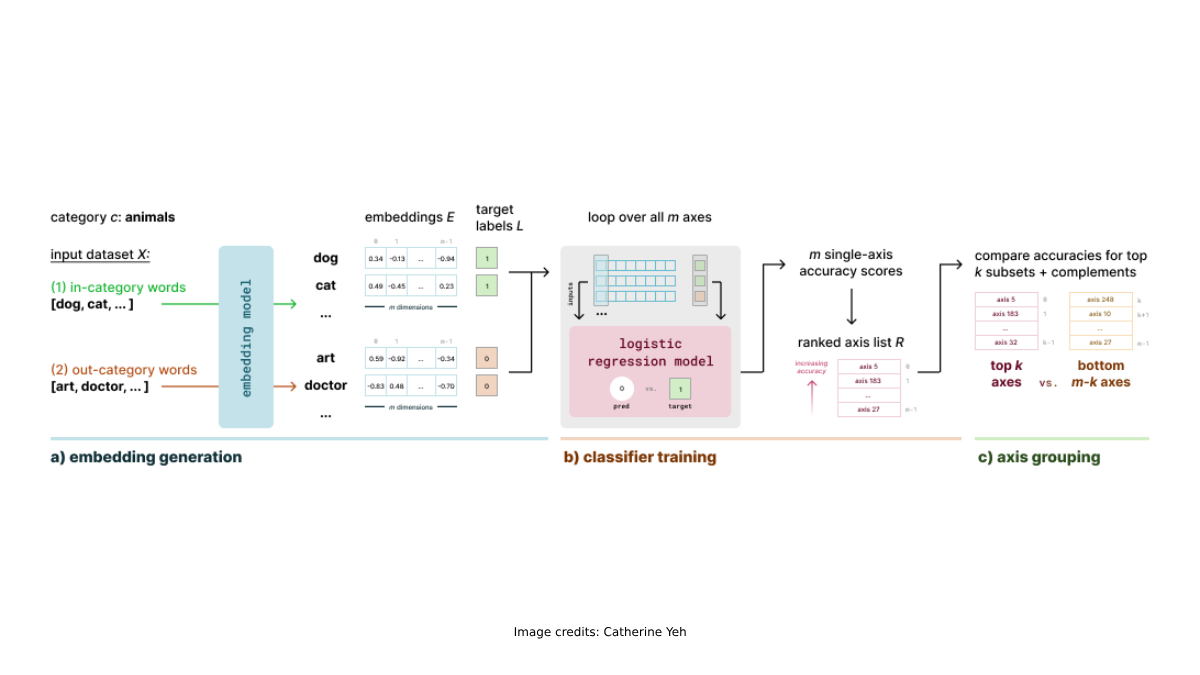
2023 MIT 6.8610 (NLP) research exploring human-interpretable concepts inside contextual word embeddings.
Details
- used a simple linear classifier to identify embedding axes related to specific concept
- found that concepts are entangled across axes
- identified axes with greater impact on classification
Python
PyTorch
HuggingFace
DistilBERT
pandas
NumPy
OpenAI
Matplotlib
scikit-learn
Researcher
- Catherine Yeh (same as above)
- Joanna Shen (same as above)
- Ziqian Liao (same as above)
2023 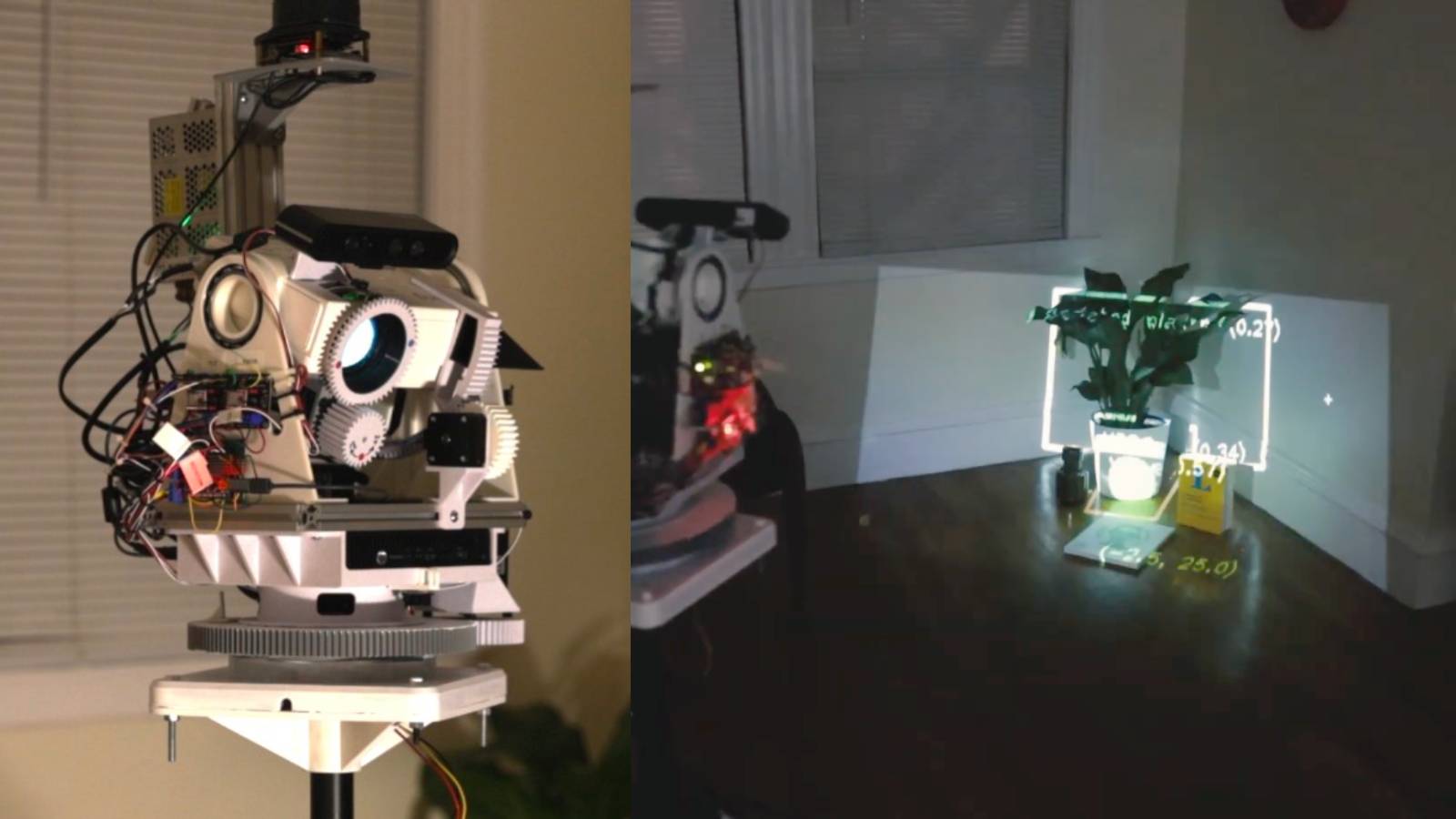
2023 Research exploring projection-based augmented reality (AR) for explainable robot vision (CV).
Details
- combines projection-mapping and real-time object detection for model transparency
Python
Arduino
OpenCV
MediaPipe
Software engineer
Kevin Tang (Lead & Hardware)
Past Work
Before shifting my focus to software, I used to make objects and tangible experiences – view them on my archived website (some links may be broken). Here are some notable ones:
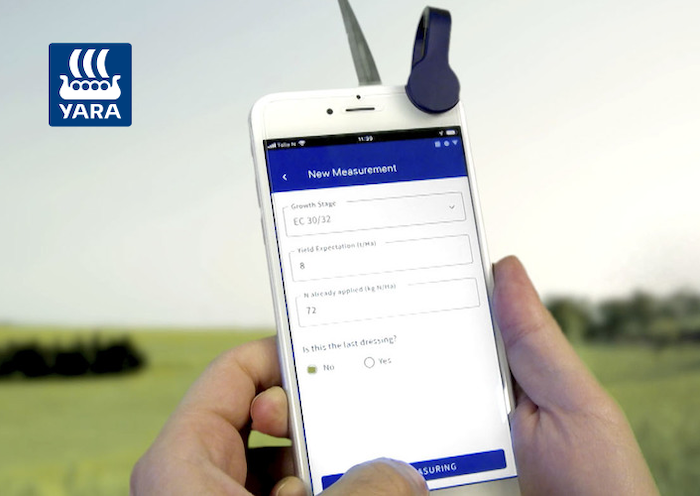
 sparkpluck
sparkpluck 2019 A patented smartphone attachment that turns phones into plant-health sensors for lower-income farmers.
Details
- performs competitively with state-of-the-art devices at 1000× less cost
- EU Patent EP3977073C0
Industrial Designer
Yara Engineers & Scientists
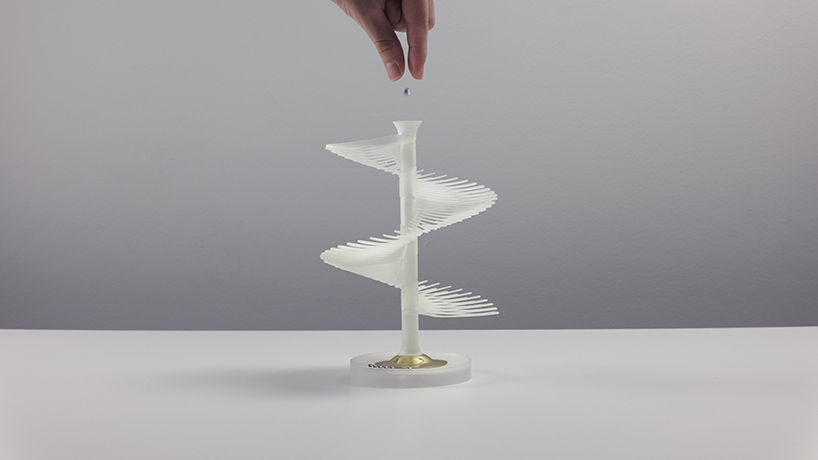
 sparkpluck
sparkpluck 2018 A mechanical 60-second timer that explores forms made possible through advanced 3D printing.
Details
- Kickstarter-funded
- exhibited at Venice Design and Dubai Design Week
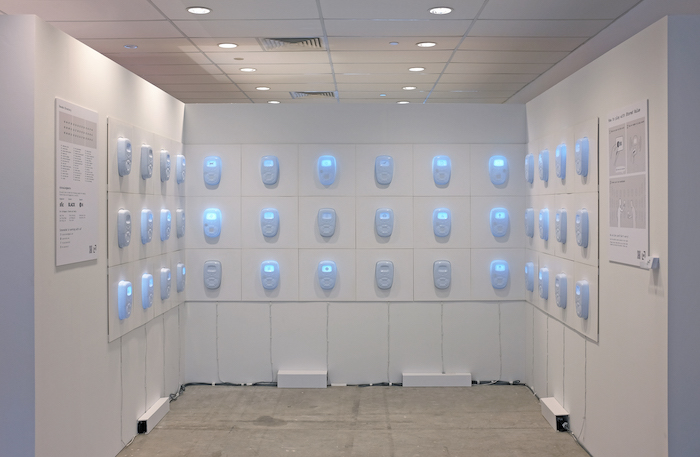
 sparkpluck
sparkpluck 2017 2015 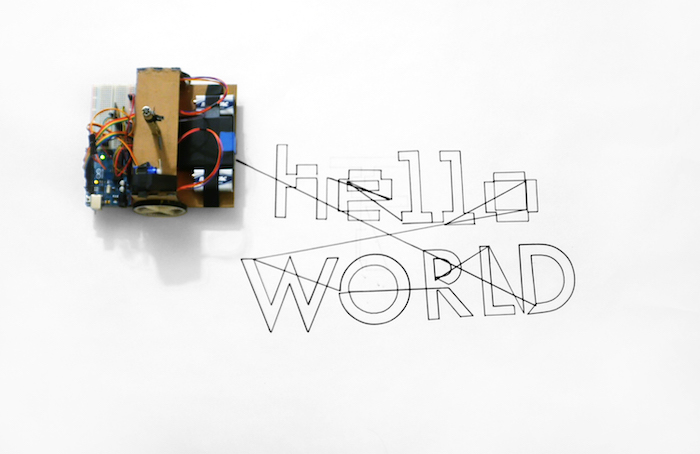
2015 A wireless pen plotter robot that has no work area limitations.
Details
- communicates wirelessly via bluetooth
- trivia: marked my shift towards code